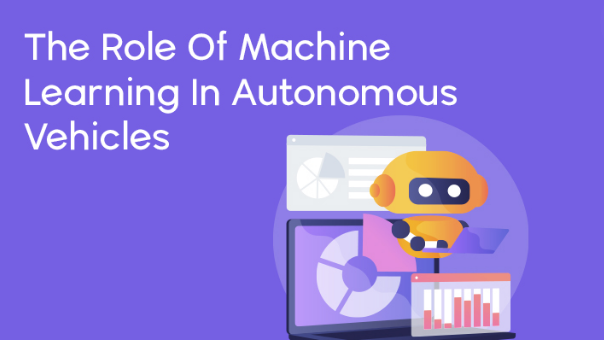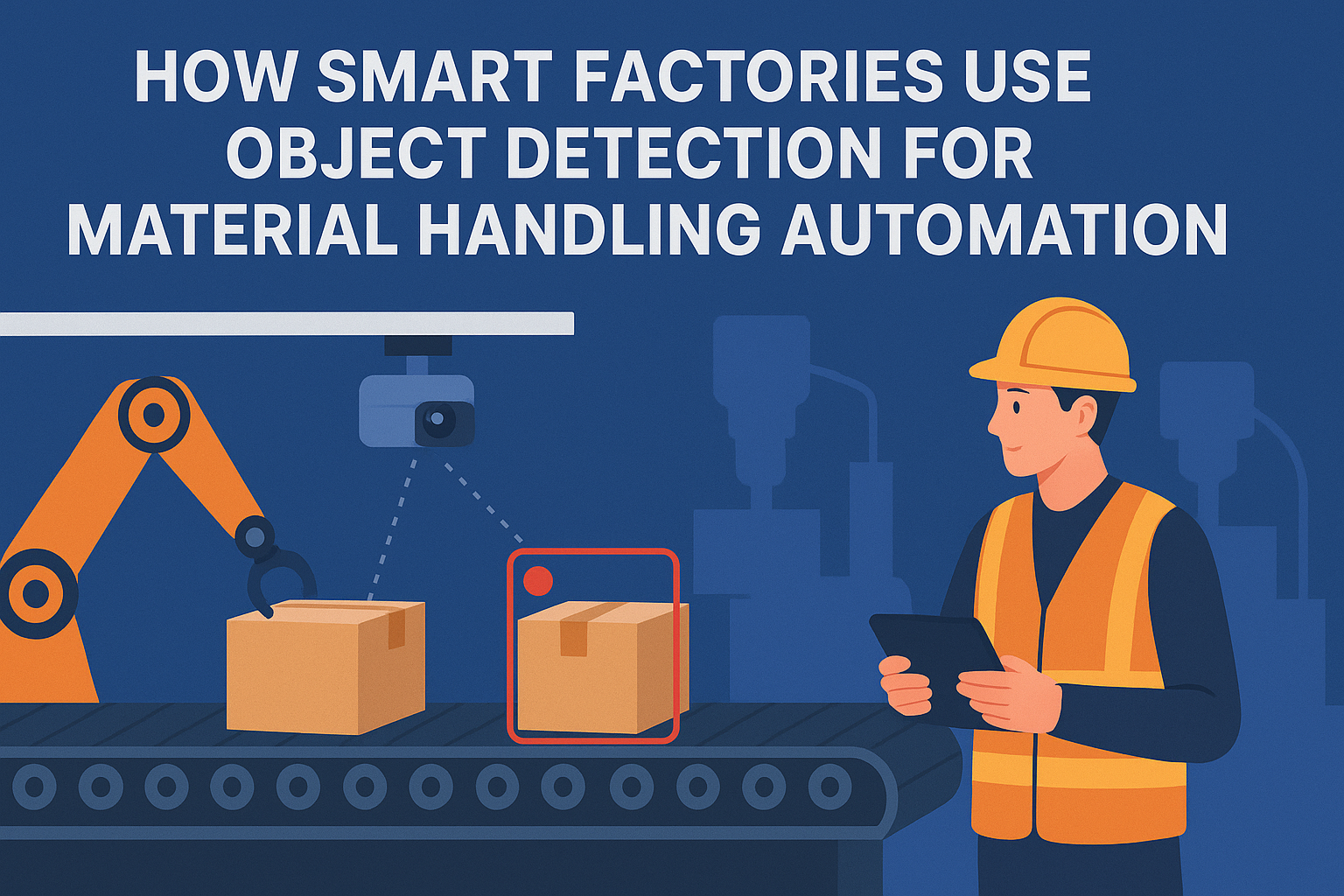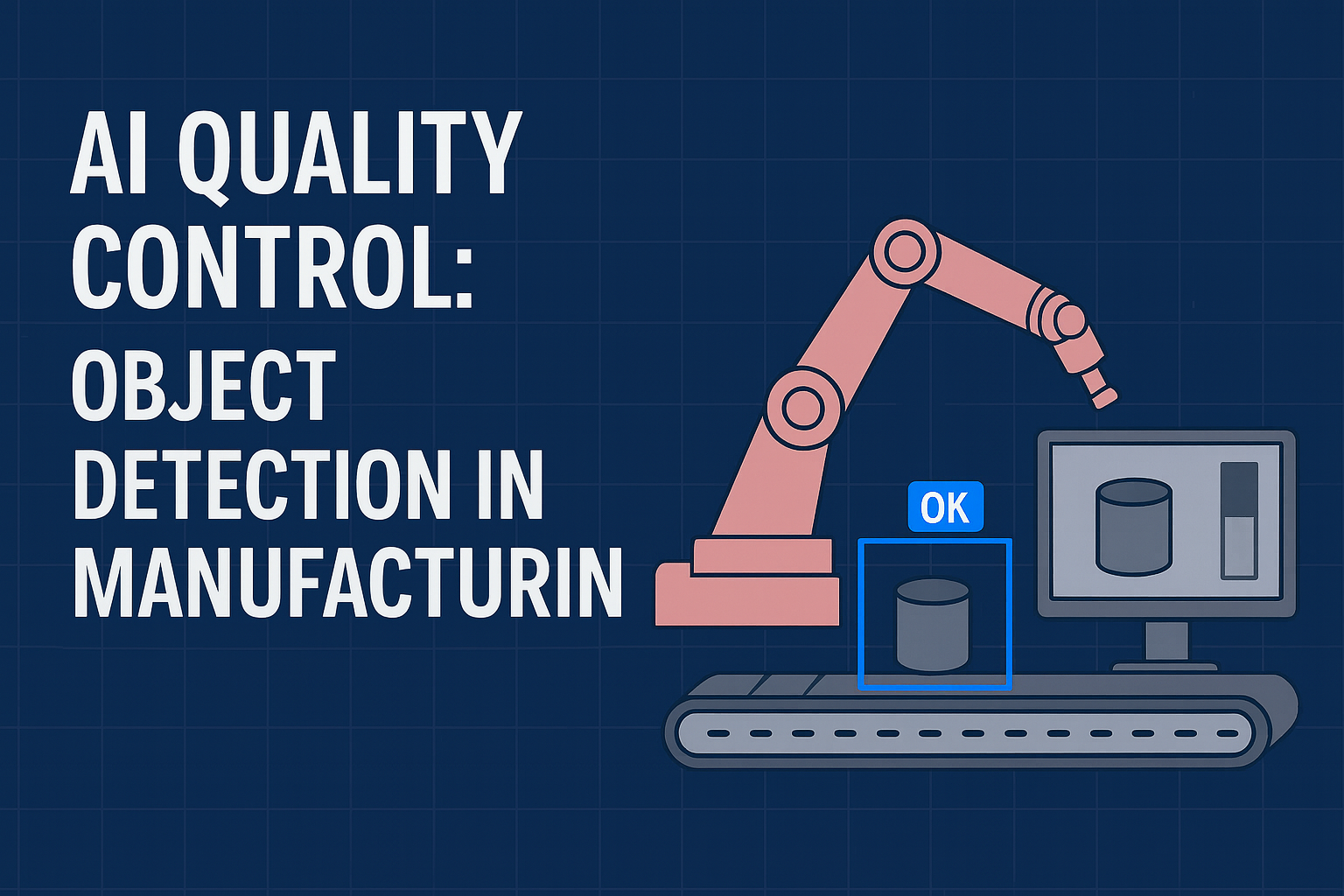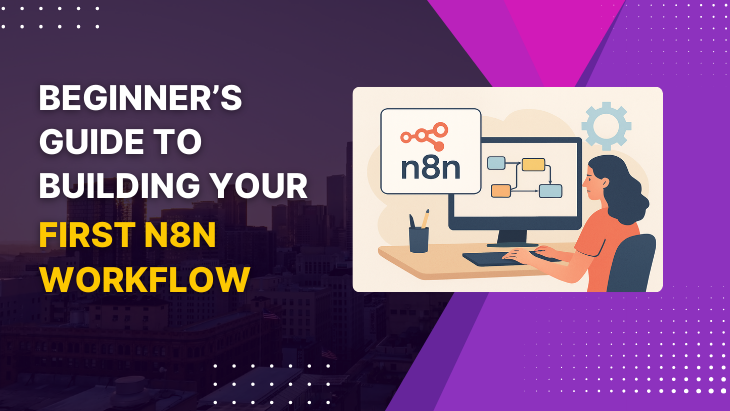Machine learning is playing a crucial role in the development of autonomous vehicles, revolutionizing the transportation industry. With the ability to process vast amounts of data and make real-time decisions, machine learning algorithms enable vehicles to perceive their environment, navigate through complex scenarios, and ensure passenger safety. This article explores the role of machine learning in autonomous vehicles, highlighting its impact on perception, decision-making, and overall vehicle performance.
I. Perception and Sensor Fusion:
1.1 Sensor Technologies in Autonomous Vehicles:
* Discuss the various sensors used in autonomous vehicles, such as LiDAR, radar, cameras, and ultrasonic sensors.
* Explain the strengths and limitations of each sensor technology.
1.2 Data Collection and Preprocessing:
* Highlight the importance of data collection for training machine learning models in autonomous vehicles.
* Discuss techniques for preprocessing and cleaning sensor data to ensure accurate perception.
1.3 Object Detection and Tracking:
* Explain how machine learning algorithms, such as convolutional neural networks (CNNs), enable robust object detection and tracking.
* Discuss the challenges of detecting and classifying objects in complex environments, including pedestrians, vehicles, and traffic signs.
1.4 Sensor Fusion:
* Explore the concept of sensor fusion, combining data from multiple sensors to create a comprehensive perception of the environment.
* Discuss machine learning approaches for sensor fusion, such as Kalman filters and probabilistic graphical models.
II. Decision-Making and Control:
2.1 Path Planning and Navigation:
* Explain how machine learning algorithms aid in path planning, determining the optimal trajectory for the autonomous vehicle.
* Discuss the use of reinforcement learning and deep learning techniques for dynamic path planning in complex traffic scenarios.
2.2 Behavior Prediction:
* Discuss the importance of predicting the behavior of other road users, such as pedestrians and vehicles, to ensure safe driving.
* Explore machine learning methods for behavior prediction, including recurrent neural networks (RNNs) and probabilistic models.
2.3 Risk Assessment and Collision Avoidance:
* Explain how machine learning algorithms help assess potential risks and make real-time decisions to avoid collisions.
* Discuss techniques such as model predictive control and deep reinforcement learning for collision avoidance.
2.4 Human-Machine Interaction:
* Explore the role of machine learning in facilitating communication between autonomous vehicles and human passengers or pedestrians.
* Discuss natural language processing and computer vision techniques for effective human-vehicle interaction.
III. Performance Optimization and Adaptability:
3.1 Vehicle Dynamics and Control:
* Explain how machine learning algorithms can optimize vehicle dynamics, including acceleration, braking, and steering control.
* Discuss the use of reinforcement learning and model-based control techniques for vehicle performance improvement.
3.2 Data-Driven Maintenance and Fault Detection:
* Explore how machine learning algorithms can analyze vehicle sensor data to detect and predict maintenance needs and faults.
* Discuss the benefits of proactive maintenance in ensuring the reliability and safety of autonomous vehicles.
3.3 Continuous Learning and Adaptation:
* Highlight the importance of continuous learning for autonomous vehicles to adapt to changing environments and road conditions.
* Discuss techniques such as online learning and transfer learning for continuous model improvement.
IV. Challenges and Ethical Considerations:
4.1 Safety and Reliability:
* Discuss the challenges of ensuring the safety and reliability of machine learning algorithms in autonomous vehicles.
* Highlight the need for robust testing, validation, and verification processes.
4.2 Data Privacy and Security:
* Address the concerns related to data privacy and security in autonomous vehicles.
* Discuss the measures taken to protect sensitive data and prevent unauthorized access.
4.3 Ethical Decision-Making:
* Explore the ethical dilemmas faced by autonomous vehicles, such as the trolley problem and ethical decision-making in potential accidents.
* Discuss the ongoing debates and efforts to develop ethical frameworks and guidelines for autonomous vehicles.
4.4 Legal and Regulatory Challenges:
* Explain the legal and regulatory challenges surrounding autonomous vehicles and machine learning.
* Discuss the need for standardized regulations to ensure the safe and responsible deployment of autonomous vehicles.
V. Future Perspectives and Conclusion:
5.1 Advancements in Machine Learning:
* Explore emerging trends and advancements in machine learning that can further enhance autonomous vehicle capabilities.
* Discuss the potential of deep reinforcement learning, self-supervised learning, and generative adversarial networks (GANs) in autonomous driving.
5.2 Socioeconomic Impact:
* Examine the potential socioeconomic impact of autonomous vehicles powered by machine learning.
* Discuss the implications for transportation infrastructure, job displacement, and mobility accessibility.
5.3 Collaboration and Industry Initiatives:
* Highlight the importance of collaboration between industry, academia, and regulatory bodies in advancing autonomous vehicles.
* Discuss notable industry initiatives and partnerships driving the development and adoption of machine learning in autonomous vehicles.
In conclusion, machine learning plays a crucial role in the development and success of autonomous vehicles. By leveraging advanced perception, decision-making, and performance optimization techniques, machine learning enables vehicles to navigate and operate safely and efficiently. However, challenges related to safety, ethics, and regulation need to be addressed to ensure the responsible and widespread adoption of autonomous vehicles. With ongoing advancements and collaborative efforts, the future of autonomous vehicles driven by machine learning looks promising, with the potential to revolutionize transportation and reshape our cities.








Leave a reply